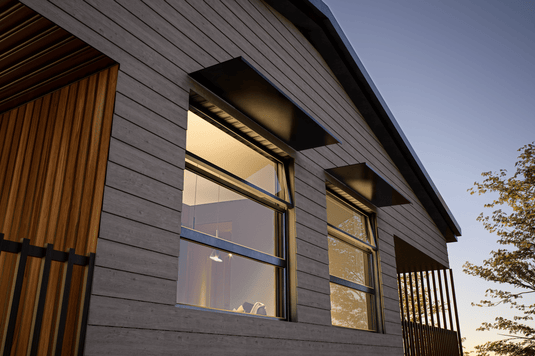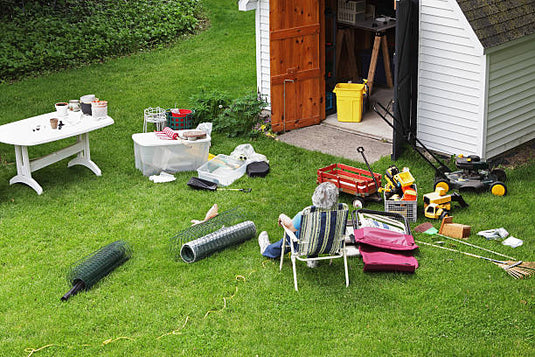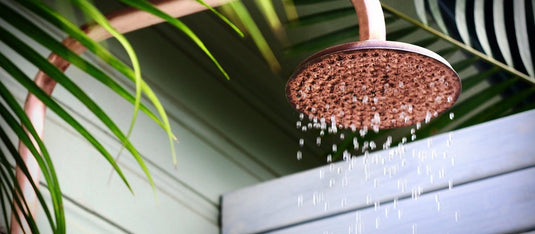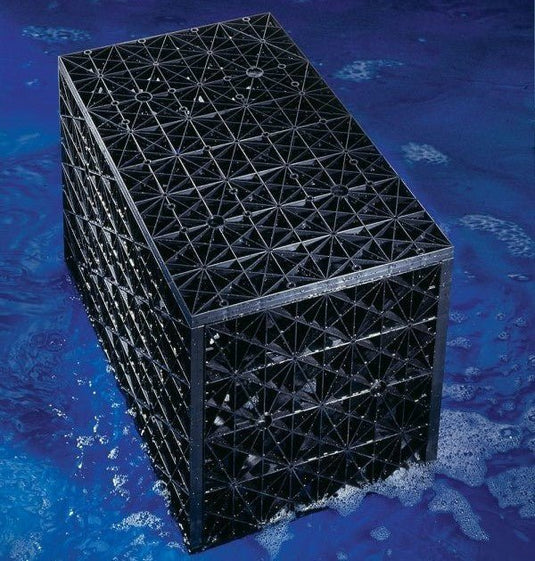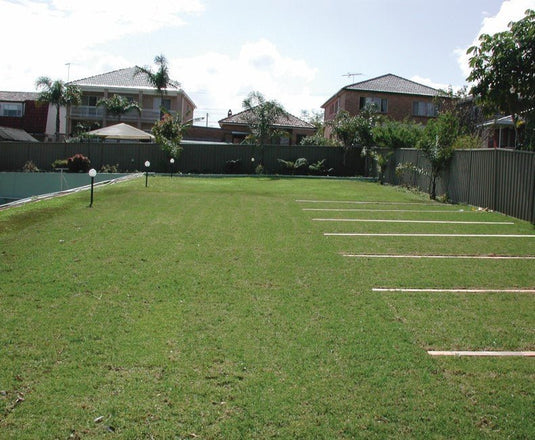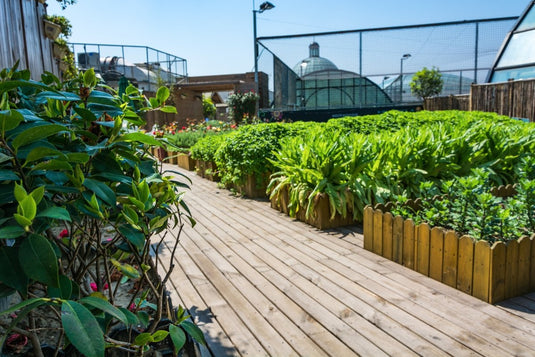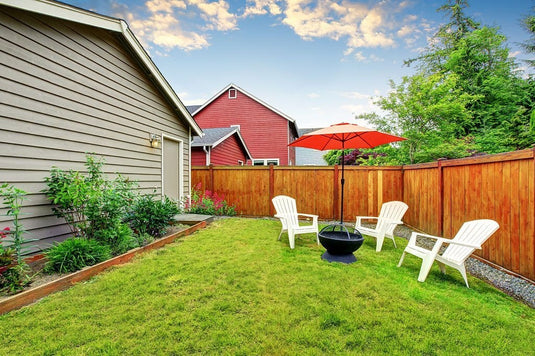
Retaining Wall Drainage
Sorry, there are no products in this collection
What is a Retaining Wall Drainage?
Retaining wall drainage refers to the system and techniques used to manage water and prevent excessive moisture buildup behind a retaining wall. It is an essential component of retaining wall construction, ensuring the stability and longevity of the structure. By effectively managing water, retaining wall drainage helps to prevent damage caused by hydrostatic pressure, soil erosion, and potential structural failure.
Proper retaining wall drainage typically involves the installation of drainage materials and systems, such as perforated pipes, gravel backfill, geotextile fabrics, weep holes, and drainage outlets. These elements work together to divert water away from the backfill and maintain the structural integrity of the retaining wall.
What are the Benefits of Retaining Wall Drainage in Different Areas?
In Commercial Areas:
Structural Integrity: Proper drainage behind commercial retaining walls helps maintain the structural stability of the wall, reducing the risk of shifting, tilting, or failure. It ensures the long-term durability of the wall, providing a safe environment for employees, customers, and visitors.
Prevents Damage: Effective drainage prevents water from accumulating behind the retaining wall, which can cause hydrostatic pressure. By managing water runoff, it minimizes the risk of damage to the wall, adjacent structures, and surrounding property.
Aesthetics: Retaining wall drainage systems allow for proper water management, preventing unsightly erosion, soil displacement, and water stains. This helps to maintain the aesthetics of the commercial space and creates a positive impression for clients and visitors.
In Industrial Areas:
Safety and Security: Industrial sites often require robust retaining walls to support heavy loads or provide structural reinforcement. Proper drainage behind these walls ensures their stability, minimizing the risk of accidents, property damage, and potential disruptions to industrial operations.
Protection Against Erosion: Industrial areas are often prone to higher levels of water runoff due to large paved surfaces and impermeable structures. Retaining wall drainage systems control and redirect water, preventing erosion, soil instability, and potential damage to nearby infrastructure.
Longevity and Cost Savings: Implementing effective drainage systems in industrial settings prolongs the life of retaining walls, reducing the need for frequent repairs or replacements. This translates into long-term cost savings and improved operational efficiency.
In Residential Areas:
Foundation Protection: Retaining wall drainage is crucial for protecting residential properties with sloping terrain. It diverts water away from the foundation, preventing moisture buildup that could compromise the integrity of the structure.
Landscape Preservation: Proper drainage systems behind residential retaining walls prevent soil erosion and waterlogged areas in the landscape. This preserves the beauty and functionality of outdoor spaces, allowing homeowners to enjoy their gardens, patios, and yards with peace of mind.
Prevents Basement Flooding: Retaining wall drainage systems also play a role in preventing basement flooding in homes located on sloped terrain. By managing water runoff effectively, it helps to reduce the risk of water seepage into basements and crawlspaces.
Retaining Wall and Building Foundation Drainage Solutions by Eco Sustainable House
Sick of all your topsoil and garden beds being washed away during a rainstorm? Eco Sustainable House has the perfect, low-cost and environmentally friendly answer. Simply install drainage cell panels against your wall for directed and controlled vertical drainage.
Atlantis 20mm and 30mm retaining wall drainage cell panels can be used to create a waterproof barrier against the foundations of your building or a retaining wall. The drainage cell creates a structural void between the backed filled material and the wall. The product continuously redirects and discharges any water that comes in contact with the wall surface, effectively eliminating erosion and flood damage for those structures.
To create this structure you will require either the 20 or 30mm drainage cell, hydrophilic geo textile fabric, and waterproof polymemebrane (high-density polyethylene or plastic liner equivalent or some other waterproofing coating for the wall). You may also want to utilise river sand or drainage gravel as cover above the top of the cell panels. This helps improve infiltration rate, and directs the waterflow to the cells.
Feel free to contact Eco Sustainable House for more information on retaining wall drainage cell or to get a free quote. Any other Atlantis products not shown here can be still be ordered by request. Otherwise you can read the PDFs below or purchase the required materials online today.
Drainage cell & geofabric shipped separately from our Gold Coast warehouse. Prices calculated at checkout.
Find out more:
Recent Posts
Subscribe to our newsletter
Be the first to know about exclusive in-store perks and once-in-a-lifetime deals. Don't get to miss them!

